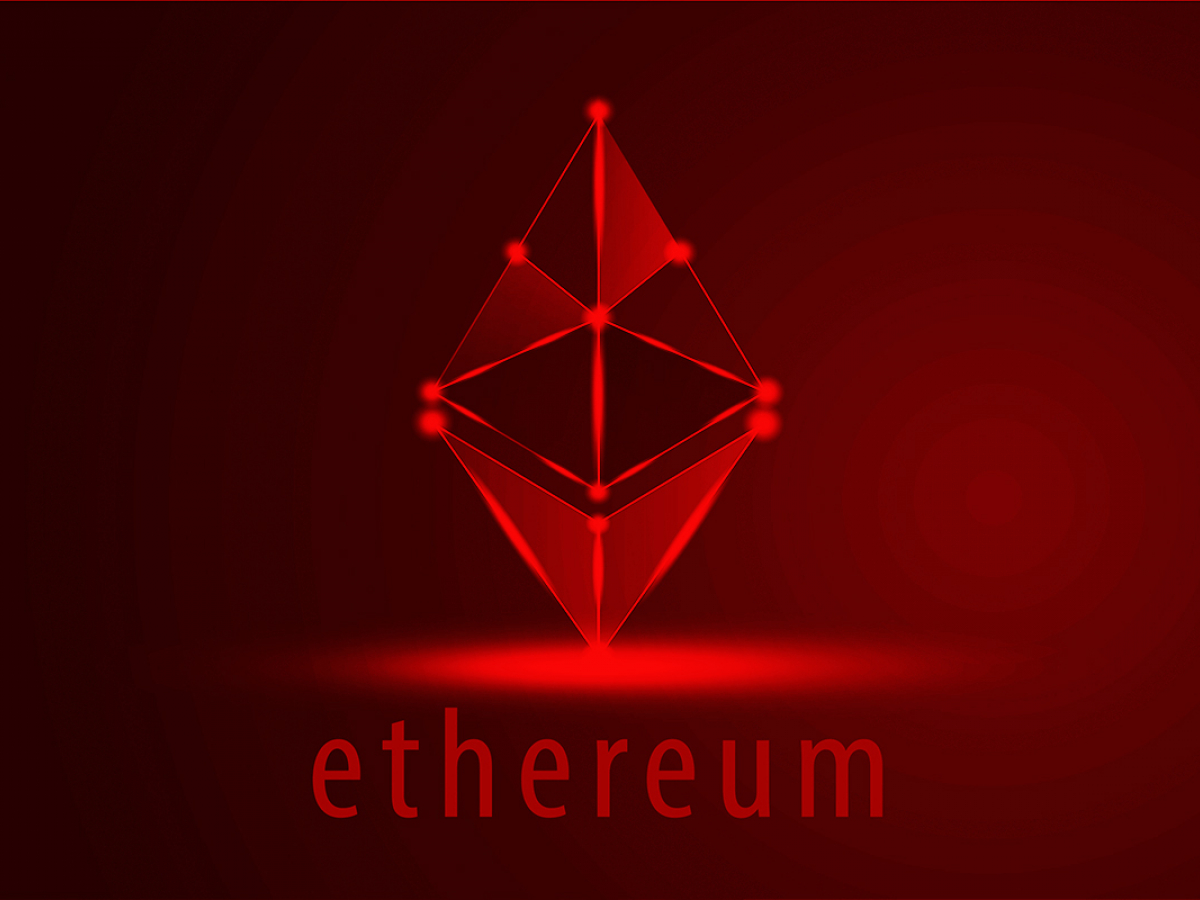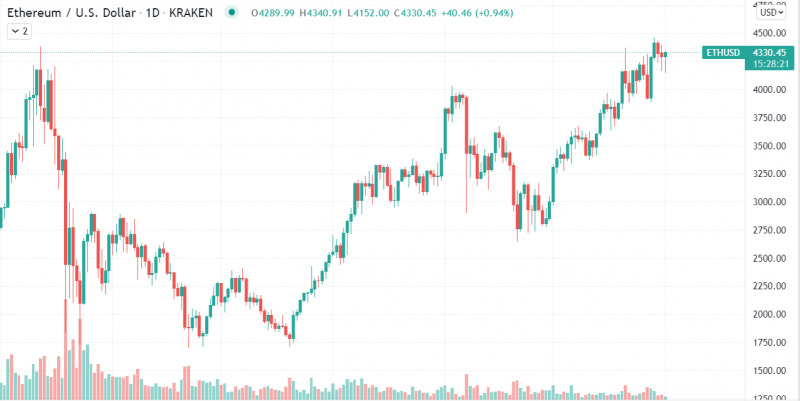
Ethereum hits entire deflationary week, first in coin history
For the first time since the introduction of the fee-burning mechanism, Ethereum has reached its first whole week of negative issuance in the history of the coin. The main reason for these statistics is the high network load and the increase in costs.
Negative Ethereum issuance
Net issuance this week has reached -59 ETH, which equals -$250,700 in USD equivalent. Tipping miners this week remained at $ 56 million, and the amount burned nearly hit $ 400 million in just one week.
The total number of burned Ethereum coins equals 712,000 ETH, which is currently worth a little bit over $3 billion. With Ethereum’s burn rate steadily increasing, the coin will most likely show more negative weeks or even months over time.
The negative issuance will most likely make the coin a deflationary asset, which might attract more investors during accelerated inflation periods.
How can Ethereum attract more investors to crypto?
With the acceleration of inflation across the world, cryptocurrency is increasingly seen as an inflation hedge due to the limited supply of certain coins. Ethereum is one of few cryptocurrencies that have successfully implemented a fee-burning mechanism which, in periods of high network load, lead to the rapid decrease of the coin’s supply.

The market price of Ethereum has been steadily increasing since September and is now showing monthly growth of 53%. With more investors choosing a cryptocurrency to avoid losses caused by inflation, Ethereum might become a top pick for those who are willing to redistribute their funds and own a deflationary asset.


















